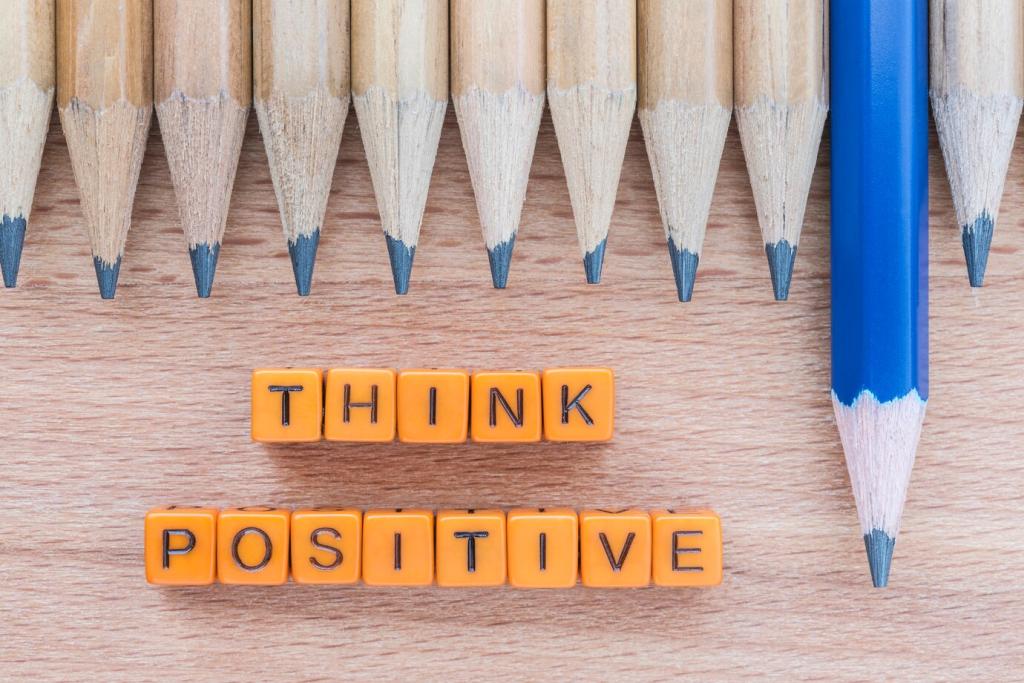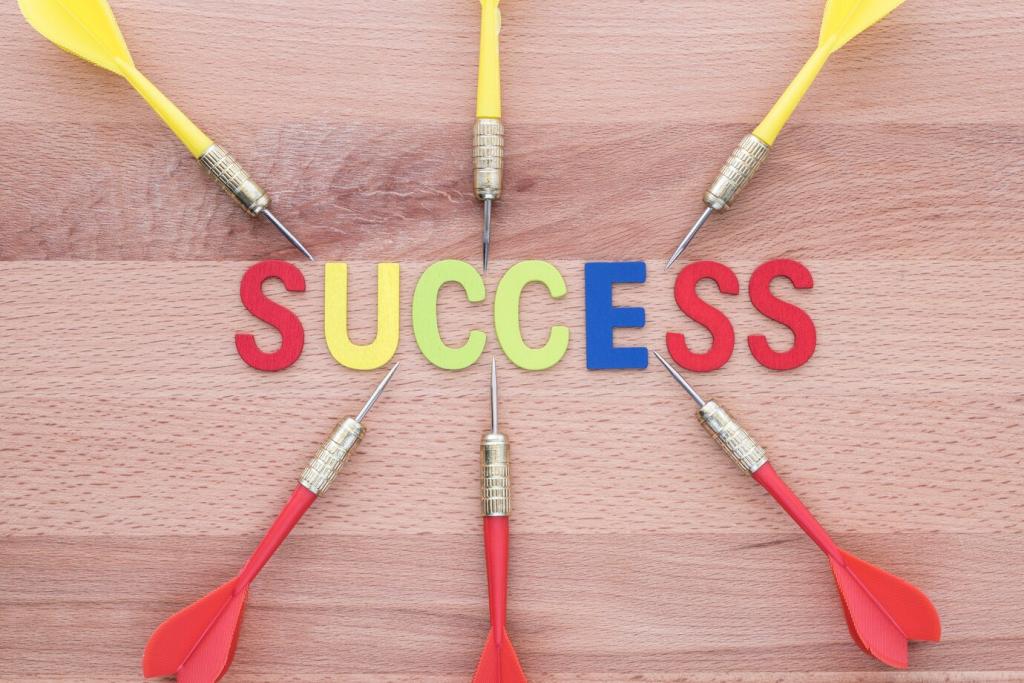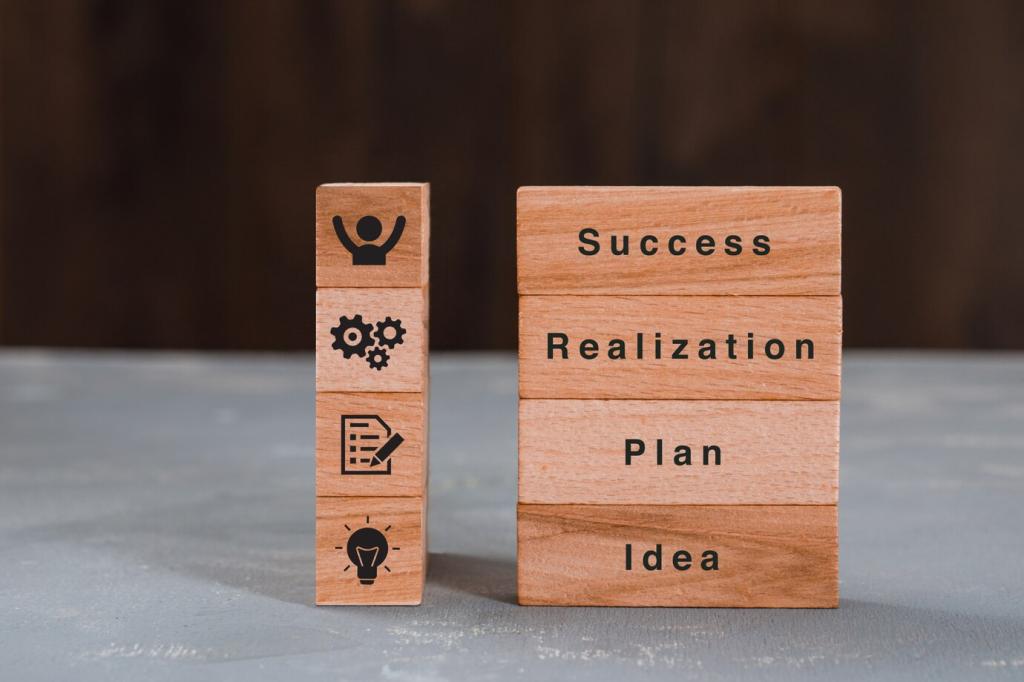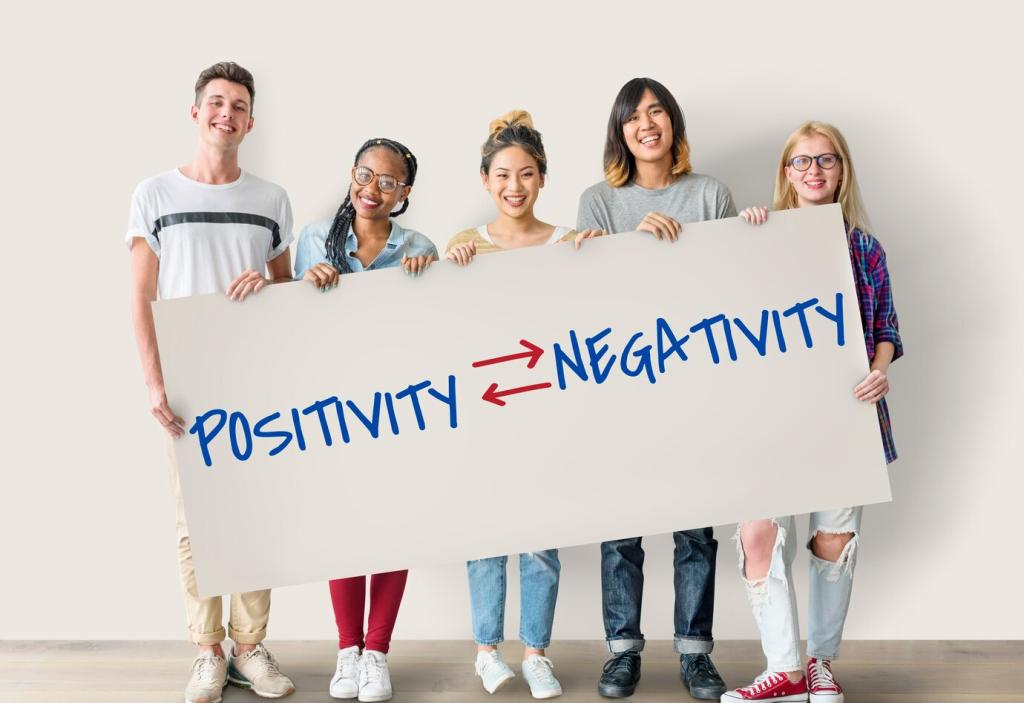Building Emotional Intelligence in Entrepreneurs: Lead With Insight, Courage, and Heart
Why Emotional Intelligence Is a Founder’s Superpower

From Pitch Rooms to Stand-Ups
Investors back people before they back models. Emotional intelligence helps you read the room, calibrate your tone, and frame risk without panic. In daily stand-ups, it turns tense updates into crisp alignment, so your team leaves energized, not drained. Share your toughest moment reading a room.

Where Data Meets Empathy
Metrics show what happened; empathy explains why. Emotional intelligence bridges dashboards and human behavior, revealing root causes behind churn, burnout, and stalled adoption. Leaders who connect both make faster, kinder decisions that stick. Subscribe if you want weekly prompts that tie metrics to mindful leadership.

A Quick Self-Check for Today
Notice your energy, not just your calendar. What emotion is steering your next decision—curiosity, fear, or impatience? Label it, breathe, then choose your response. Comment with your label today and how it shifted the way you approached a single conversation.
Noticing Triggers Under Pressure
Founders often react to missed numbers with micromanagement, which feels helpful but erodes trust. Map the moments that spike your stress—budget meetings, investor updates, user complaints—and label the story you tell yourself. Replace it with a question. What else could be true here?
A Five-Minute Founder Journaling Ritual
Each evening, jot down one decision you made, the emotion beneath it, and the outcome. After a week, look for themes. You’ll see how fatigue, pride, or urgency shape your calls. Want a simple template? Subscribe and we’ll send the one our readers swear by.
The Two Percent Adjustment
You do not need a personality transplant; you need small, consistent shifts. Aim to improve one conversational choice by two percent today—pause before replying, ask a clarifying question, or soften your tone. Over a quarter, two percent compounds into culture.
The Ninety-Second Rule
Intense emotional surges often crest and fall within about ninety seconds if you do not fuel them. When a triggering message arrives, set a quiet timer, breathe slowly, and ask yourself what outcome you want from your reply. Respond from intention, not adrenaline.
Designing Emotional Buffers
Build buffers into your day like you build slack into sprints: walking meetings, no-slack-hours, or pre-briefs before tough calls. These micro-rituals reduce reactivity, protect relationships, and preserve focus for deep work when it matters most.
Anecdote: The Late-Night Email I Didn’t Send
After a bruising board meeting, I drafted a fiery note. I slept on it, rewrote it at 8 a.m., and added a question instead of a jab. The investor called, apologized for their tone, and we aligned on a cleaner plan. Restraint saved the relationship.





Rituals That Stick
Introduce check-ins at the start of meetings, gratitude Fridays, and demo days that highlight learnings, not just wins. Rituals teach values faster than memos and invite every voice to shape the company’s emotional climate.
Psychological Safety by Design
Safety is not softness; it is the courage to tell the truth. Leaders model fallibility, ask for red-team critiques, and protect dissent. Emotional intelligence ensures bad news travels fast and solutions travel faster.
Measure What Matters
Pair quantitative pulse surveys with qualitative comments. Track burnout risk, belonging, and clarity of priorities. Share results transparently and plan actions. Subscribe for our monthly culture diagnostics checklist tailored for emotionally intelligent founders.
